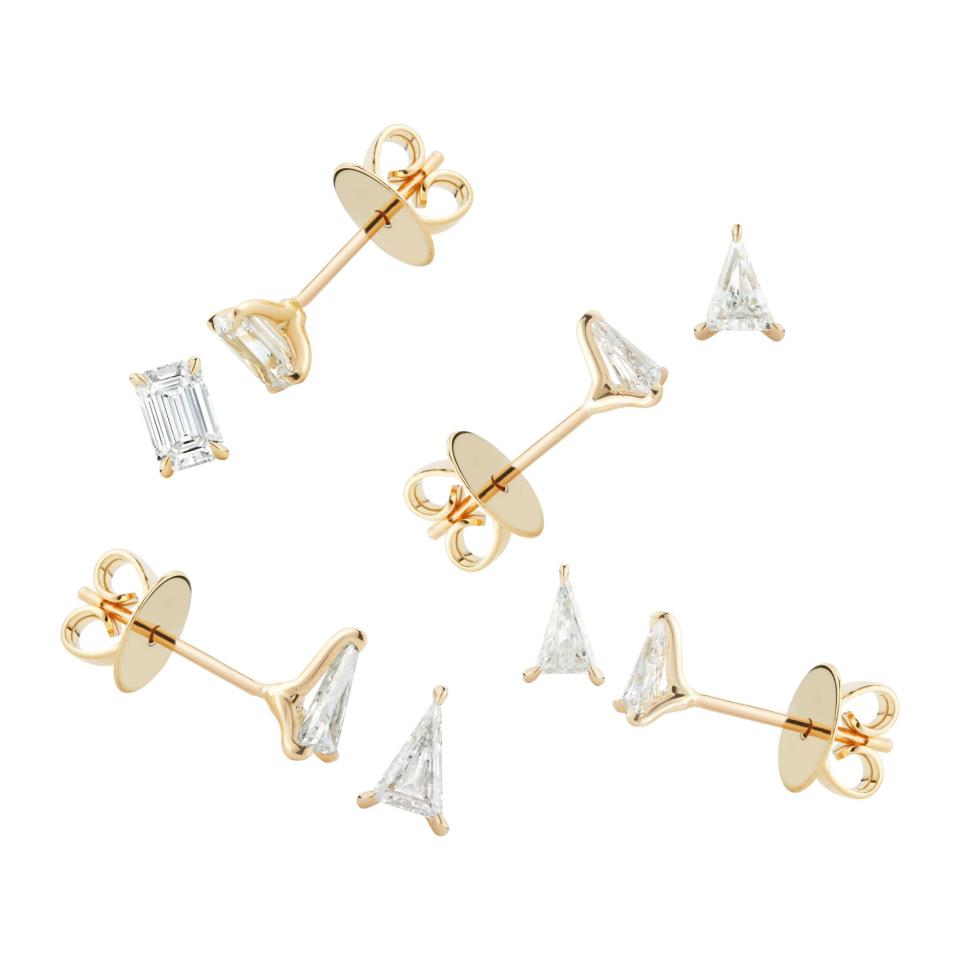Jennifer Fisher Is Joining the Lab-Grown Diamond Movement, Starting With These Asymmetrical “Micro Studs”
Jen Fisher gallery
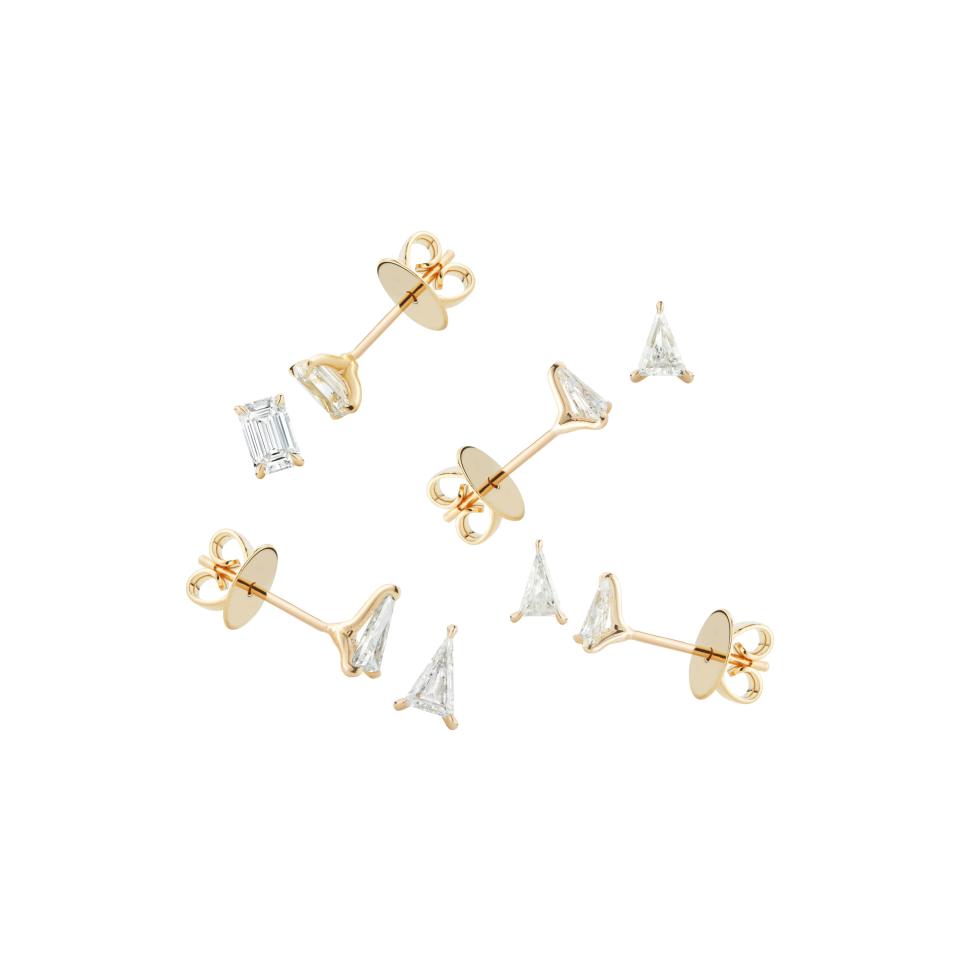
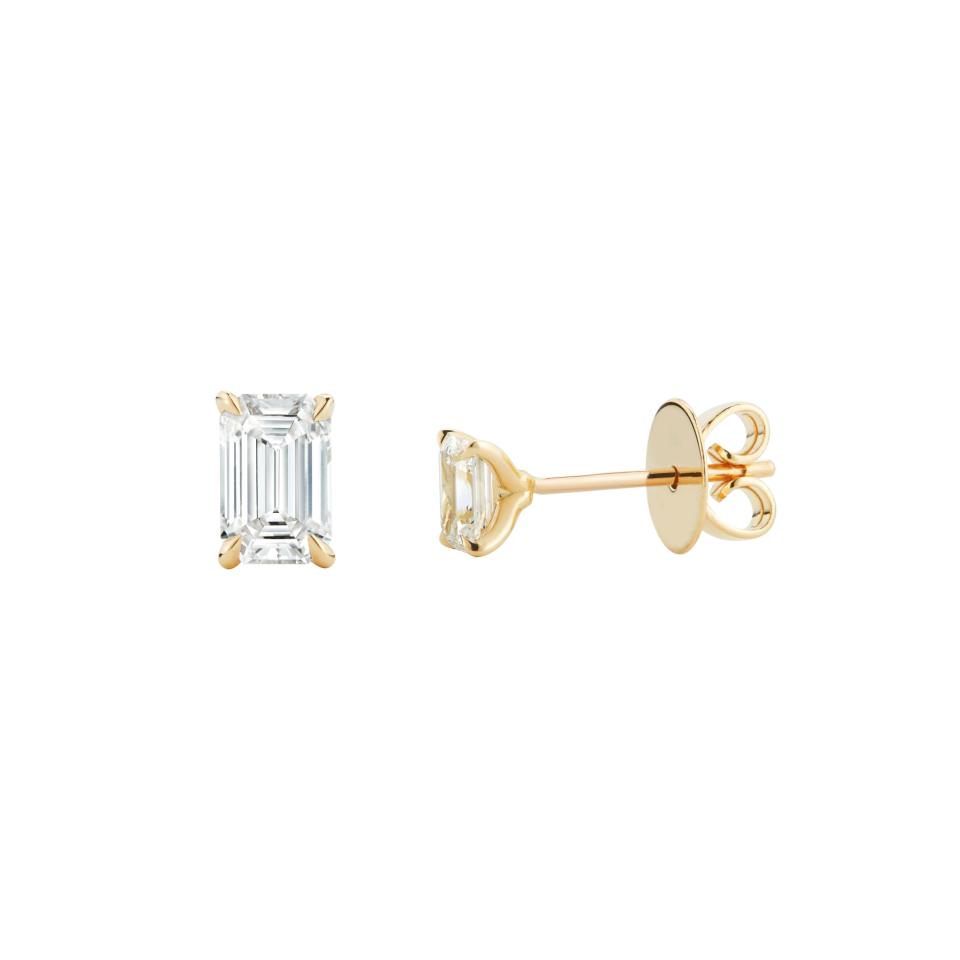
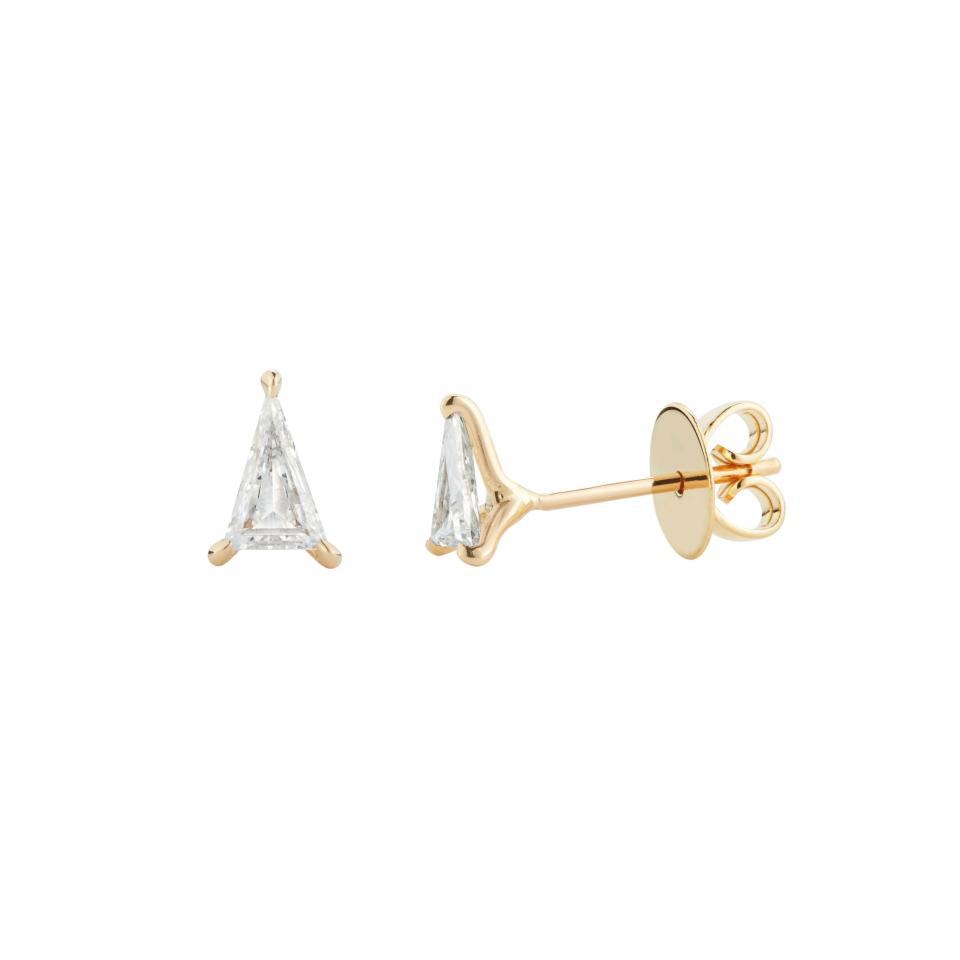
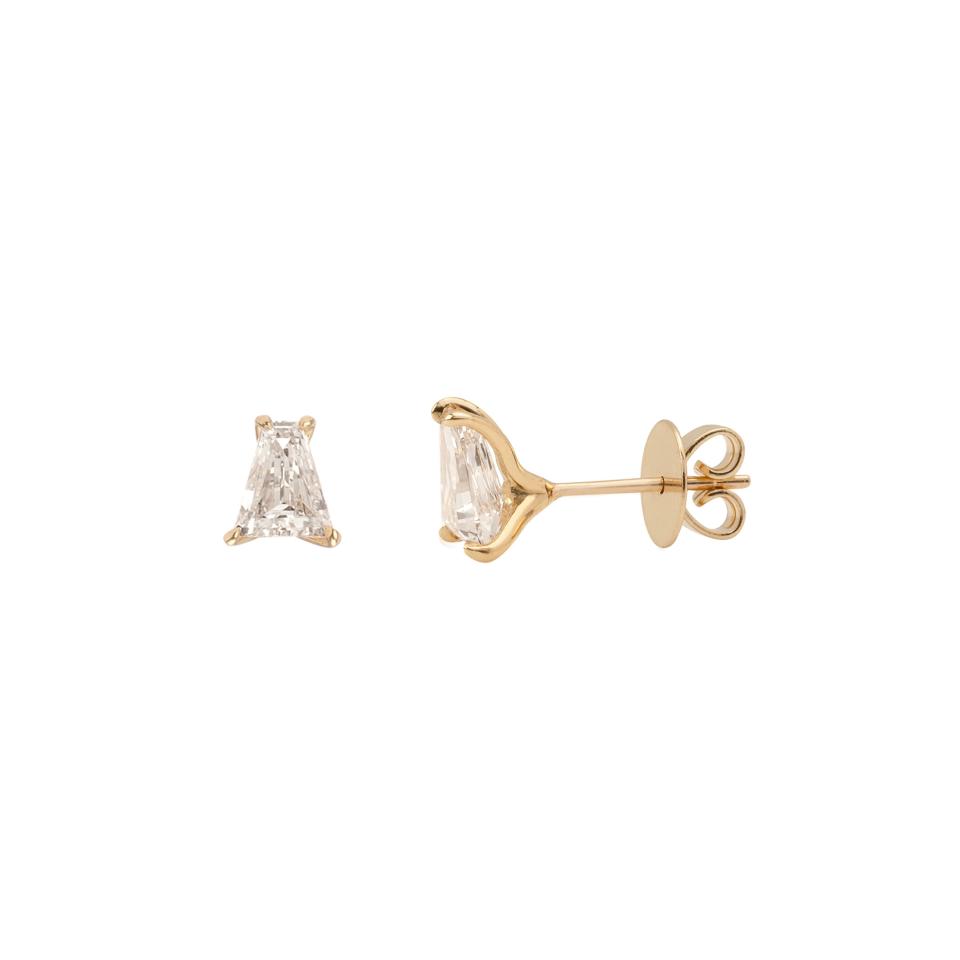
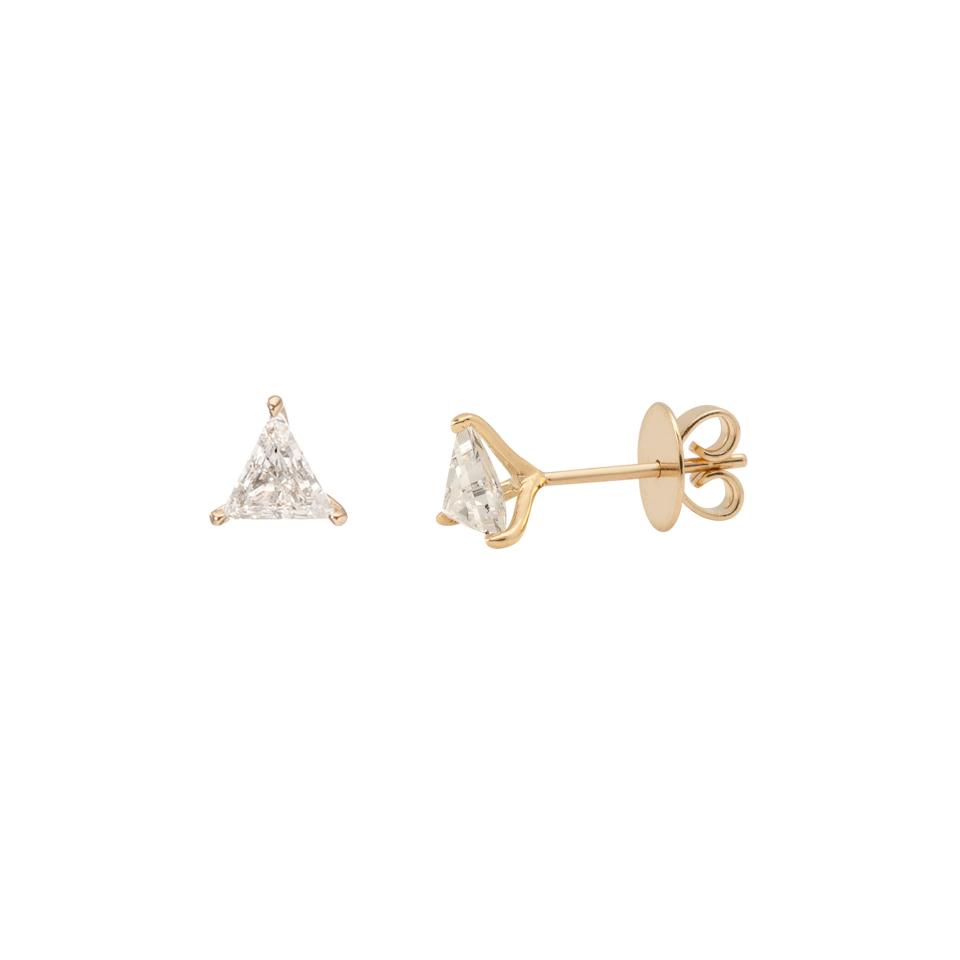
Jennifer Fisher makes a strong case for OTT jewelry. Her Instagram is peppered with photos of celebrities wearing her statement pieces—e.g. Emily Ratajkowski in her best-selling Samira hoops, or Rihanna in a chunky pavé chain necklace—but Fisher’s own selfies might be even more compelling. She posts an almost-daily breakdown of what she’s wearing, particularly in her ears: Sometimes it’s her new unicorn-shaped hoops (insane!) or a wristful of pavé huggies and cuffs. It gives her customers lots of ideas: Why not wear two giant hoops in one ear, or stack the length of your cartilage with sparkling cuffs and studs?
That more-is-more, piled-on sensibility might not equate with your idea of “sustainable” or “earth-friendly” jewelry. But Fisher is attuned to her customers’ changing views on diamonds, particularly her millennial fans, and she’s been keeping a close eye on the lab-grown diamond industry too. “As we’ve grown, people have been asking us more and more questions about [the origins of] our diamonds,” she said. “This new generation wants to know that no one was harmed [in the mining of the stones], and that they essentially have a carbon footprint of zero. But at the same time, we’re getting tons of requests for diamond stud earrings—so I thought now was the perfect opportunity to become more sustainable.”
Fisher’s new line of angular diamond “micro-studs” were made in a lab. They’re a product of her new partnership with Diamond Foundry, the fast-growing leader in lab-grown diamonds. Here’s an abridged version of how the technology works: Diamond Foundry starts with a slice of a rough diamond, places it in a hydrogen plasma reactor, adds carbon dioxide and methane, and two weeks later the diamond “grows” and is ready to be cut and polished. It’s not a synthetic or chemically enhanced diamond; it’s 100 percent real. Fisher’s studs will start at 0.15 carat, and the largest will be 1.0 carat; each is made to order and priced accordingly, but smaller studs will be around $900. (At present, Diamond Foundry can’t cut stones larger than three carats.) They’re also cut in sleek, asymmetrical shapes like trillions, emeralds, and keystones. Fisher is hoping her customers buy them one at a time so they can mix and match: “We wanted to make sure we could do really cool, angular cuts, not just your classic round diamond studs,” she said. “These are really easy to layer. I’m going to put them in my cartilage piercings, and they’re wire-set, so they look like they’re floating.”

Fisher is calling them “the next generation of diamond studs” because not only are they edgy and mismatched but also you can feel good about wearing them. “This really started because I wanted to give our customers the option to choose between mined diamonds and lab-grown diamonds,” she said. “[In the future] I want to give them the opportunity at check-out to choose what kind of stone they want in all of my jewelry. They can choose Diamond Foundry stones if they want to know where their stone is coming from, or they can pick traditional mined diamonds.” (Fisher clarified that her mined diamonds are certified conflict-free, but since diamonds pass through so many different hands, there’s no way of knowing every detail of their journey.) “If I had the option, I would choose Diamond Foundry. We’re finding that it’s not just the millennial customer [who wants them], either—it’s women who have worn mined-diamond engagement rings for years, but they want something new, and they want to feel good about it.”
This is coming just a few weeks after De Beers announced its new line of lab-grown diamond jewelry, so it’s clear this isn’t a Gen Z–specific concern. If both a heritage brand like De Beers and a more accessible, celebrity-approved brand like Fisher’s are seeing the opportunity in lab-grown diamonds, the future of the industry can only get brighter. “I’m even more excited for the future because I know Diamond Foundry is growing really quickly, and their cuts will continue to get larger,” Fisher added. “As their business grows, it could be a really good opportunity for us to get into engagement rings.” We can think of a lot of women who’d be interested in seeing Fisher’s take on diamond solitaires. Until then, shop the new micro-studs and her other jewelry at jenniferfisherjewelry.com.

